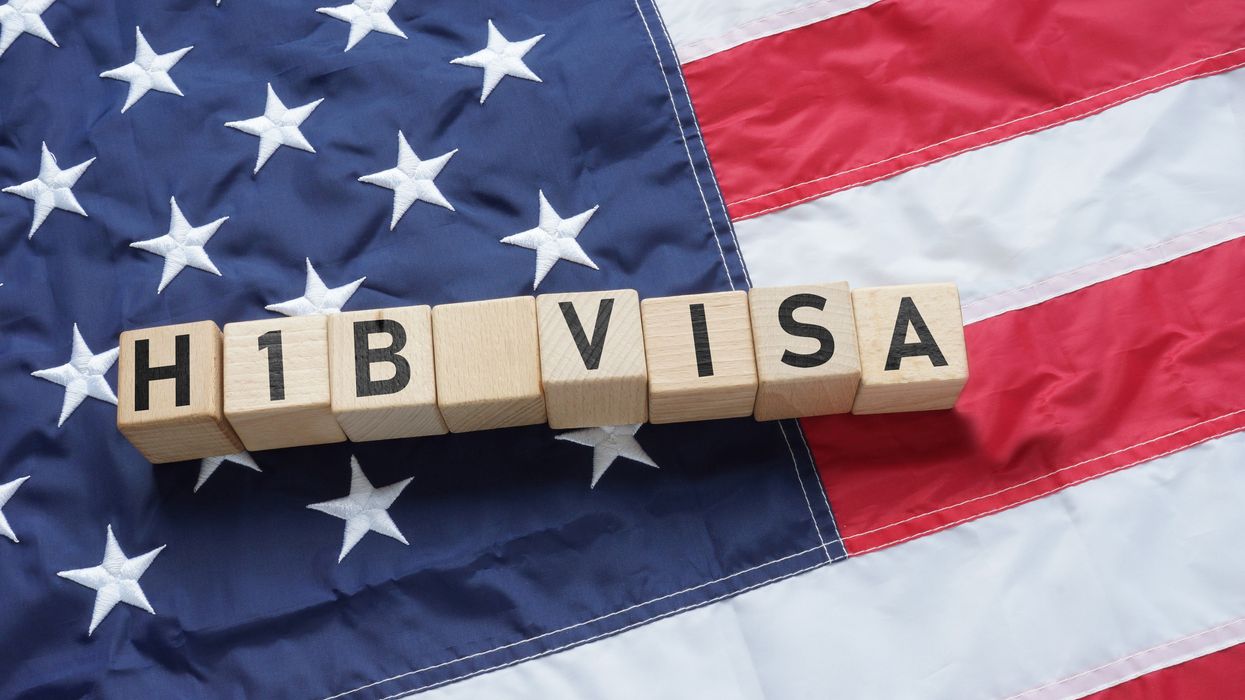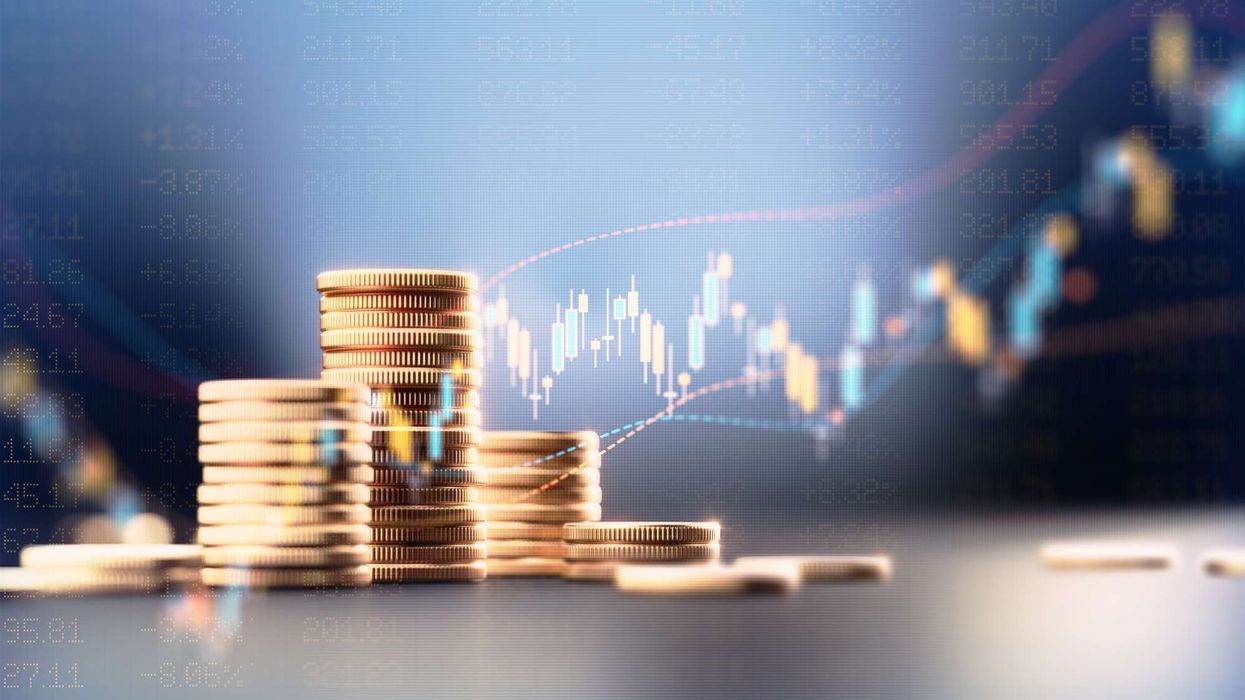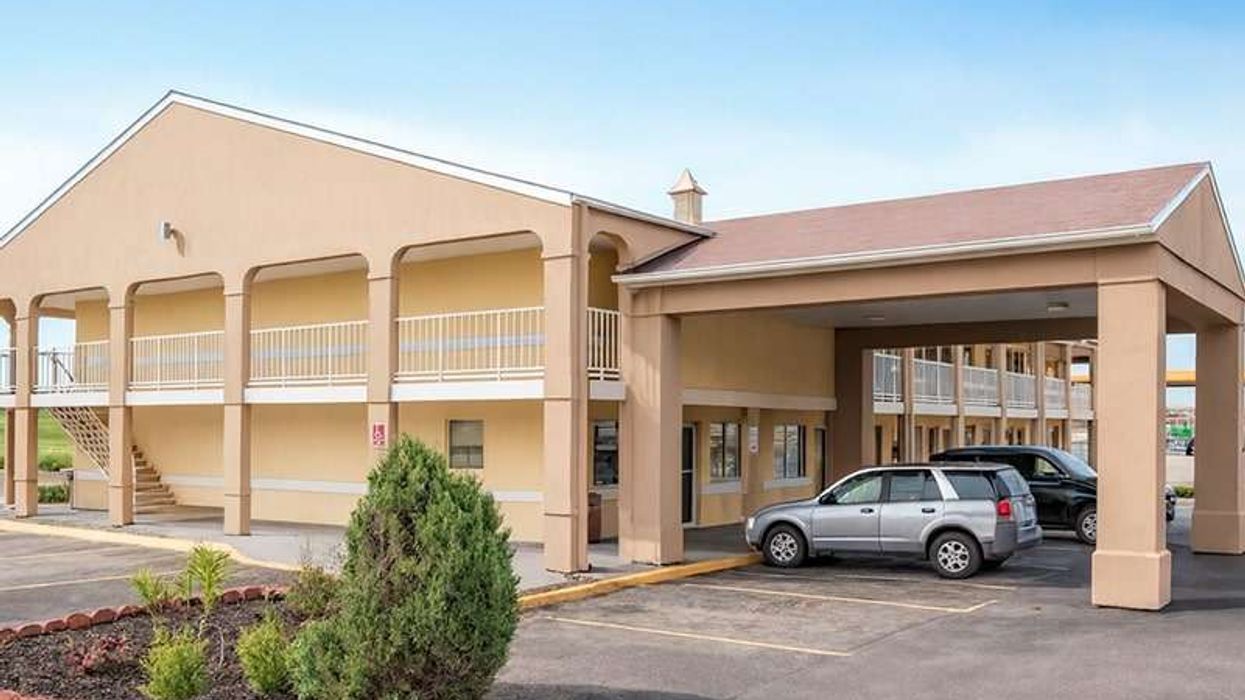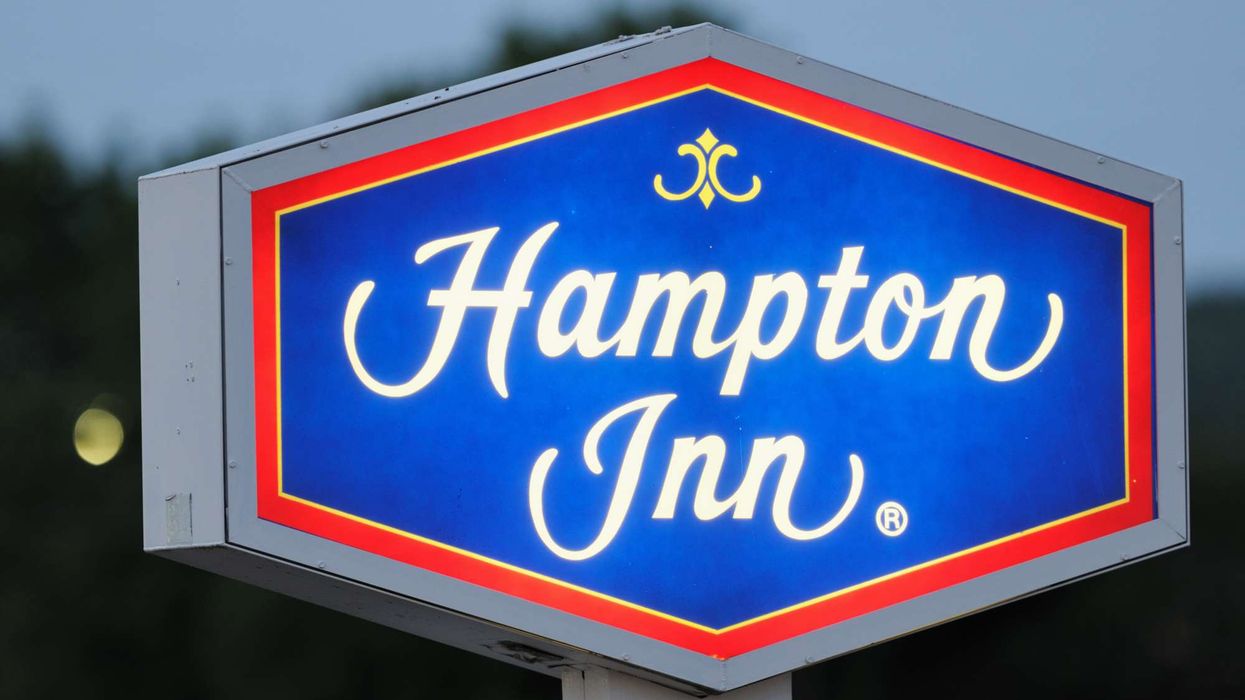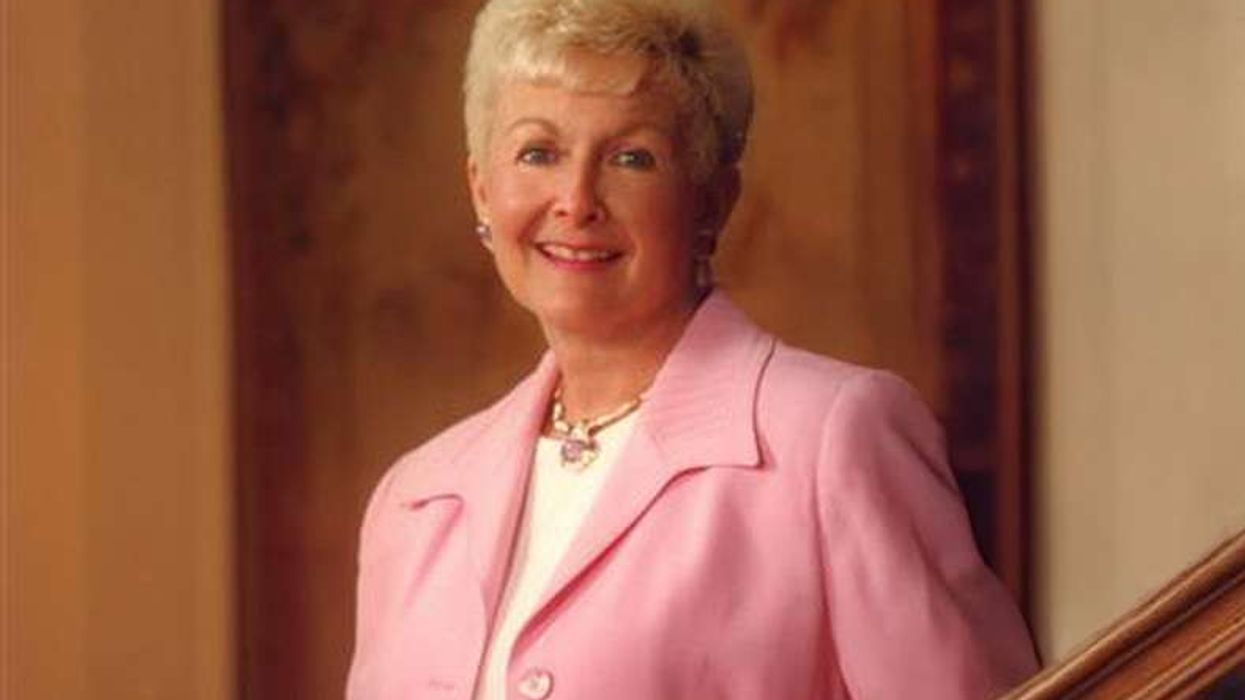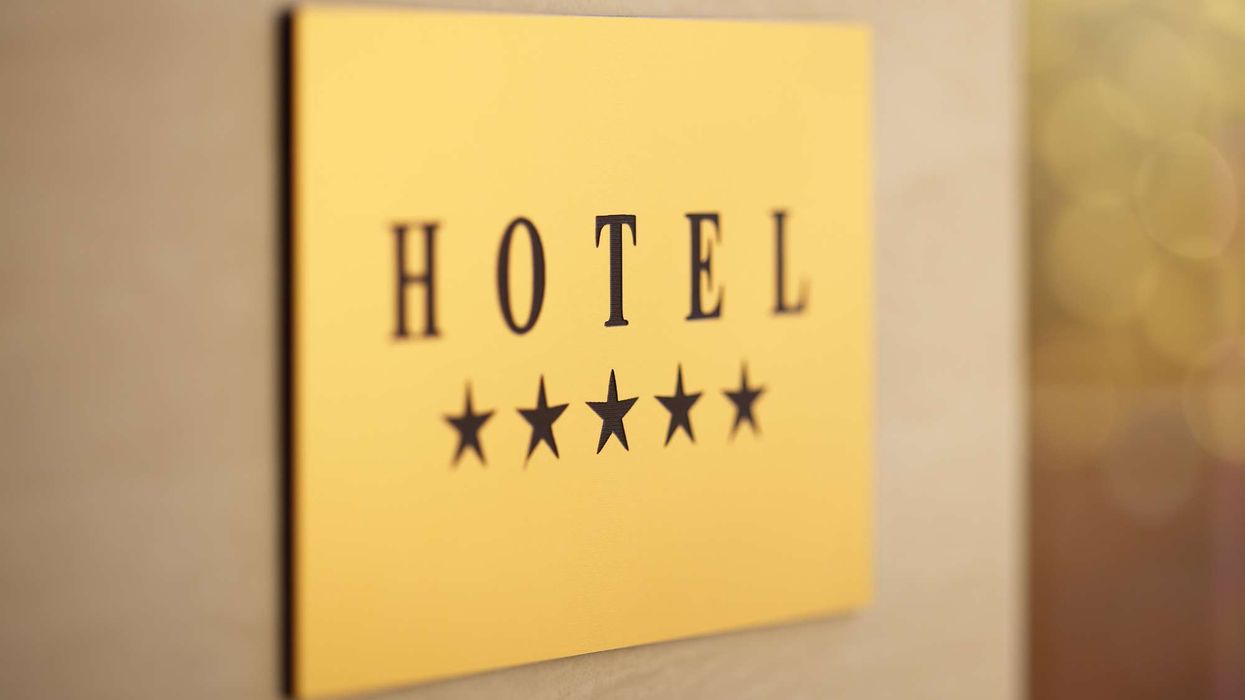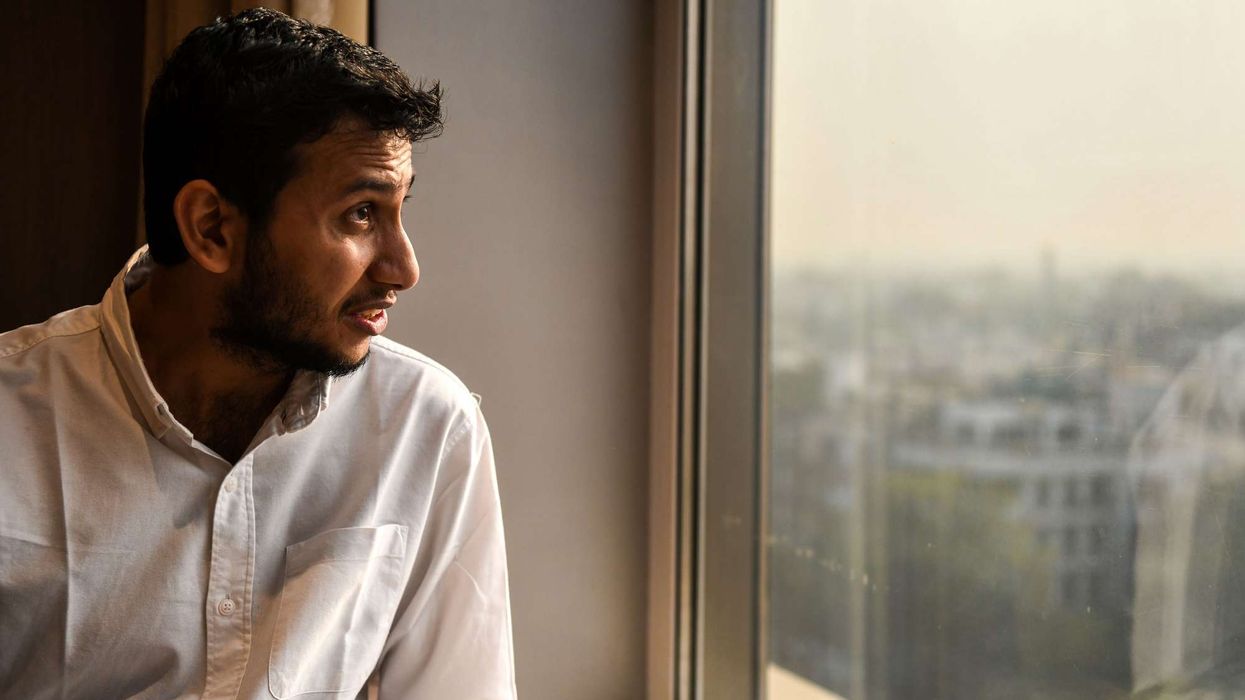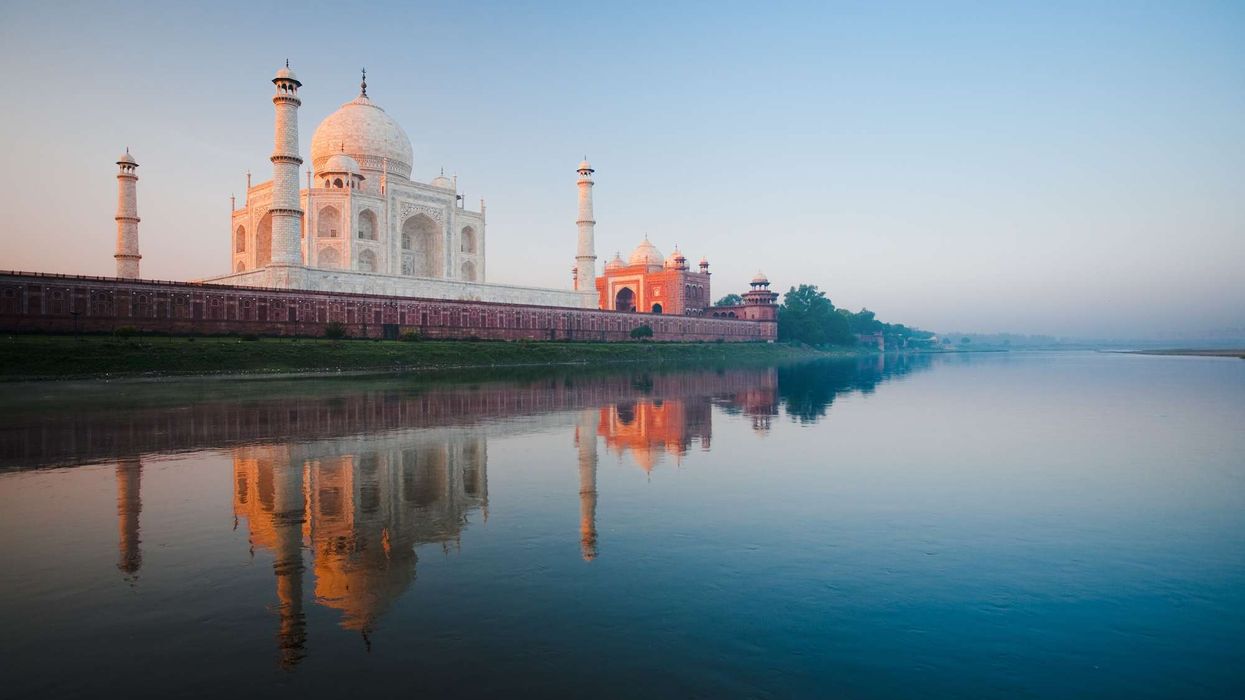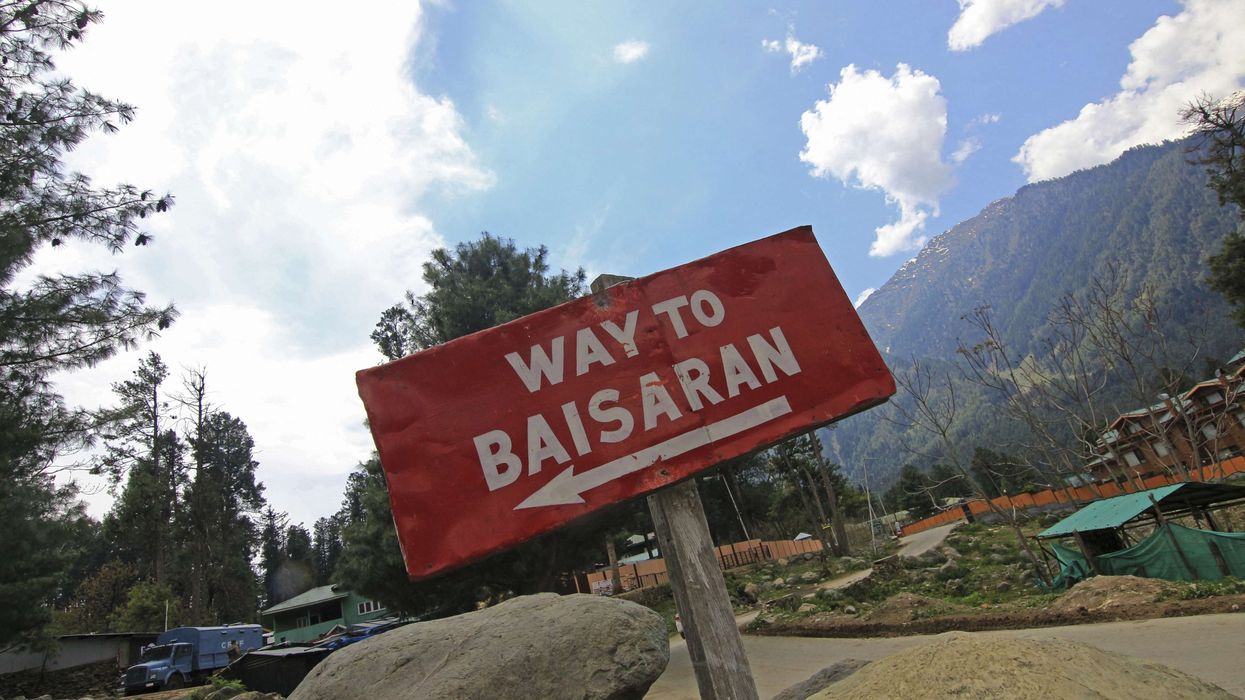Summary:
- Trump administration plans H-1B and green card reforms.
- Proposal limits visa duration for students and media personnel.
- Indian B1/B2 applicants face long interview waits.
THE TRUMP ADMINISTRATION plans to replace the H-1B lottery with a wage-based system favoring higher-paid applicants. It also proposed limiting visa duration for foreign students and media personnel.
Hotel associations, including AAHOA and the American Hotel & Lodging Association, have been pushing to replace the 66,000 annual H-2B visa cap with a needs-based system.
“We’re going to change the green card,” Secretary of Commerce Howard Lutnick told Fox News, according to Economic Times. “We give green cards. The average American makes $75,000 a year, while the average green card recipient makes $66,000. Why are we doing that? It’s like picking the bottom tier.”
He also called the system a scam. According to the U.S. Social Security Administration, the average U.S. salary for 2023, its latest National Average Wage Index, was $66,621.80.
The U.S. Office of Information and Regulatory Affairs approved a draft rule earlier this month, according to Bloomberg Law. The H-1B program is capped at 65,000 visas annually, with an additional 20,000 reserved for U.S. advanced degree holders, according to the U.S. Citizenship and Immigration Services. A lottery each spring selects registrations. The Department of Labor certifies applications, DHS adjudicates petitions, the State Department issues visas and the Department of Justice enforces compliance. H-2A visas for temporary farm work have no cap, while H-2B visas are capped at 66,000.
During the first Trump administration, the Department of Homeland Security proposed replacing the H-1B lottery with a wage-based system that would rank petitions in four wage tiers, giving priority to higher-paid jobs, under the “Buy American, Hire American” policy, according to the Federal Register.
The Biden administration withdrew the rule in 2021 after more than 1,000 public comments warned it would reduce the pool of eligible workers, and federal courts blocked related efforts to raise wage minimums and narrow the definition of qualifying jobs, according to Bloomberg Law. The latest approval, it reported, signals the government may again pursue changes to the H-1B allocation process.
In January, Trump joined Tesla founder Elon Musk in supporting the H-1B program despite opposition from parts of his base. His companies have often used H-2B visas for roles such as gardeners and housekeepers and H-2A visas for farm workers, which allow stays of up to 10 months.
Limiting visa duration
In addition to H-1B reforms, the Trump administration proposed limiting visa duration for foreign students and media personnel, PTI reported. The rule would replace the current “duration of status” policy, which allows F-visa holders to stay in the U.S. indefinitely, with fixed admission periods of up to four years or the length of their program.
For I-visa holders, used by foreign media, the rule would set an initial admission period of up to 240 days, with extensions of the same length not exceeding the assignment period. All extensions would require approval from U.S. Citizenship and Immigration Services and review by DHS. The policy was first proposed in 2020 but withdrawn by the Biden administration in 2021.
Long wait
Indian applicants for U.S. B1/B2 visas continue to face long interview waits, the Economic Times reported, citing the State Department’s Global Visa Wait Times update. In Mumbai and Hyderabad, the average wait is about three months; in New Delhi, four and a half months; in Kolkata, six months and in Chennai, eight and a half months.
State Department data also tracks next available appointments, showing earliest booking dates of about five months in Chennai and Hyderabad, five and a half months in Mumbai and New Delhi and six months in Kolkata.
Visa demand from India has increased in recent years, driven by business travel, tourism and education-related visits. The U.S. has expanded interview capacity since the pandemic backlog, but demand still exceeds available slots at Indian consulates.
Trump’s 50 percent tariff on Indian goods took effect Wednesday, as Prime Minister Narendra Modi urged citizens to follow the “Vocal for Local” policy and Swadeshi mantra in his Aug. 15 Independence Day address.
